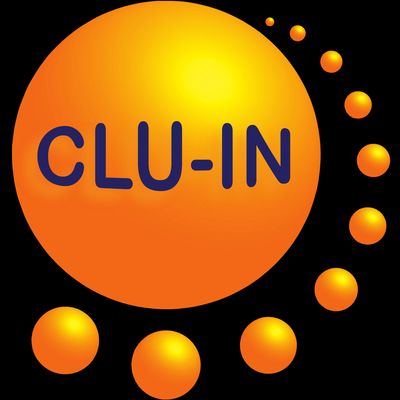Since 1998, The Contaminated Site Clean-Up Information (CLU-IN) website has presented Internet Seminars covering a wide variety of technical topics related to hazardous waste characterization, monitoring, and remediation. For select seminar topics offered since 2012, we are making complete video recordings available through our archives. This feed contains all video seminars archived in the last 12 months. For a complete list of seminars archived since 2000, please visit http://www.clu-in.org/live/archive/. Our Rehabilitation Act Notice for reasonable accommodation is available at http://www.clu-in.org/training/accommodation.cfm. CLU-IN was developed by the U.S. Environmental Protection Agency (EPA) but is intended as a forum for all waste remediation stakeholders. For more information and to view upcoming live offerings, please visit http://www.clu-in.org/live/. For a complete list of RSS feeds available on CLU-IN, please visit http://www.clu-in.org/rss/about/.
http://www.clu-in.org/live/archive
Geophysical Method Selection: Matching Study Goals, Method Capabilities and Limitations, and Site Conditions (Oct 29, 2018)
This webinar will provide an overview of geophysical method selection. Although geophysical methods have the potential to improve site characterization and monitoring, the effectiveness of different geophysical methods at a particular site strongly depends on project goals (e.g., identifying discrete fractures) and site characteristics (e.g., lithology). No method works at every site or for every goal, and sometimes combinations of methods are needed. This webinar will (1) review the capabilities and limitations of a diverse set of surface, borehole and cross-hole geophysical tools, i.e., the "Geophysical Toolbox," (2) present a spreadsheet-based method selection tool for fractured-rock applications, and (3) introduce concepts and software tools for 'pre modeling' geophysical surveys prior to going to the field, to answer the question: "Can a given method see [fill in the blank] at my site?" Through ongoing technology transfer, we look to better equip remediation professionals to understand what is likely to be realistic and cost-effective when contracting geophysical services and to reduce applications of geophysics with unrealistic objectives or where methods are likely to fail. This is part of a geophysics webinar series:Environmental Geophysics Applied to Site Characterization, Plume Mapping, and Remediation MonitoringBorehole Geophysics Applied to Bedrock Hydrogeologic EvaluationsGeophysical Method Selection: Matching Study Goals, Method Capabilities and Limitations, and Site ConditionsThis webinar is a result of Recommendation 9 of EPA?s Superfund Task Force, which encourages the Superfund program to ?utilize state-of-the-art technologies to expedite cleanup.? Actions under this recommendation include expanding the use of new site characterization and remediation technologies and approaches to address contaminated sites. https://www.epa.gov/superfund/superfund-task-force-public-participation-opportunities#webinar To view this archive online or download the slides associated with this seminar, please visit http://www.clu-in.org/conf/tio/GeophysicalMethods_102918/
